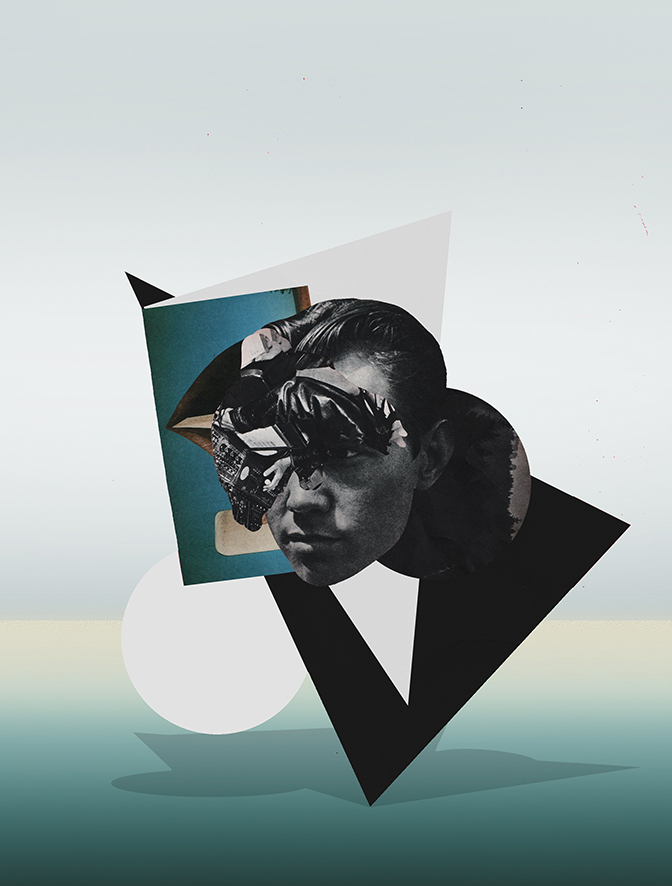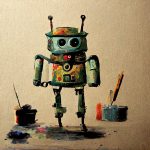The concept of identity politics has an enormous impact on modern art. Artists use it as a prism to view society’s complex dynamics. They see how societal structures interact with personal experiences. This approach challenges perspectives that have excluded certain identities. It allows people to become skilled communicators. By employing identity politics, artists broaden artistic creation’s scope. They also increase awareness and acceptance in society.
Their creations frequently serve as critiques, drawing focus on the shortfalls and preconceptions prevalent in the societal frameworks that are consistently in place. These criticisms could center on matters of ability, class, gender, sexuality, and race. The art acts as spark, encouraging thought-provoking conversation. It urges viewers to challenge preconceived notions. Viewers interact with diverse viewpoints. The changing relationship between artist and audience enriches creativity. This relationship highlights art’s role in public debate. Art promotes empathy and elevates oppressed voices. It opens the door for potential social change. Art serves as a platform for these discussions.
Historical Context and Evolution
Pablo Picasso and Francisco Goya are two examples of artists who have employed their work to express concern about social injustices and the condition of humanity throughout history. Art has always served as a medium for social and political criticism. Picasso’s “Guernica” is a powerful anti-war icon which focuses on the tragedies of the Spanish Civil War, while Gaya’s “The Third of May 1808” viscerally conveys the cruelty of battle and the resiliency of the human spirit.
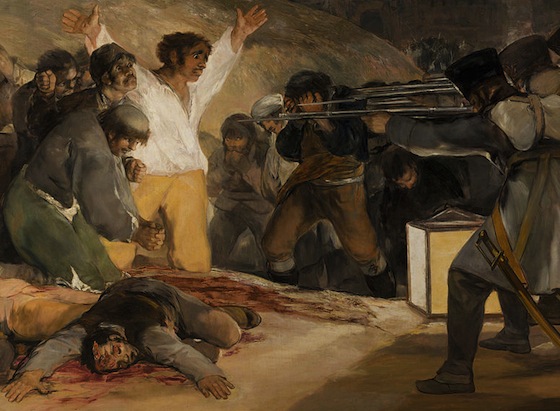
The Harlem Renaissance and African American Identity
The Harlem Renaissance was a crucial art period. It highlighted identity politics and the African American experience. Artists like Aaron Douglas and Jacob Lawrence depicted this experience. They focused on the fight against racial discrimination. They also showcased the Black community’s vitality and resiliency.
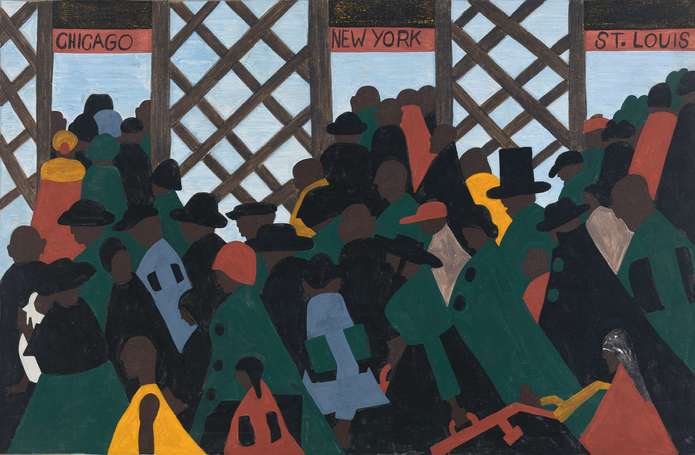
Feminism and the Artistic Expression of Gender
In the 1970s, the feminist art movement challenged patriarchal structures. These structures had ignored women’s contributions in the art world. They also elevated gender politics in artistic discourse. Judy Chicago’s iconic installation “The Dinner Party” honors women’s historical accomplishments. It offers a potent critique of their marginalization in historical accounts.
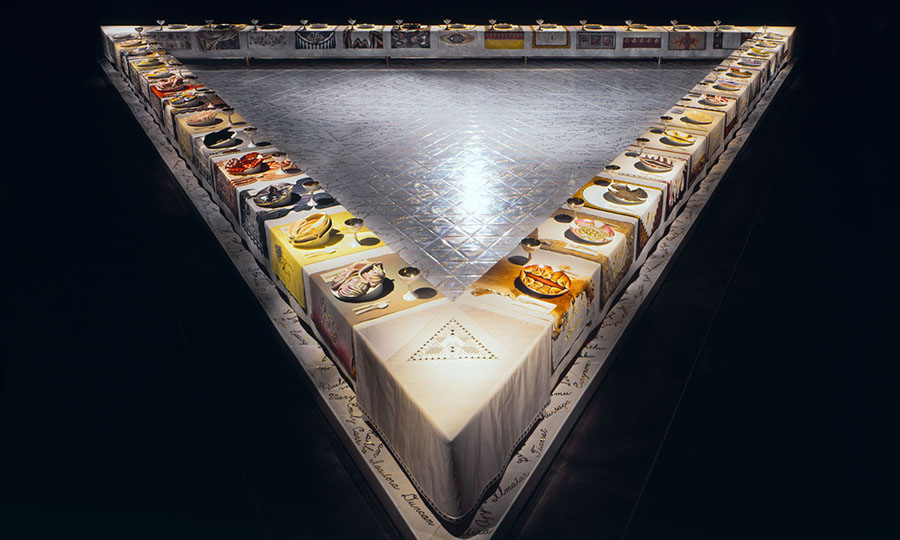
Indigenous Voices and art Resistance
By rejecting colonial narratives and embracing the history of their culture, native artists have employed art to call attention to their identity and sovereignty. The combination of indigenous themes and aesthetics in the works of artists such as Frida Kahlo and Diego Rivera in Mexico, for example, enhances the general public’s awareness and admiration of indigenous cultures and their importance in shaping national identities.
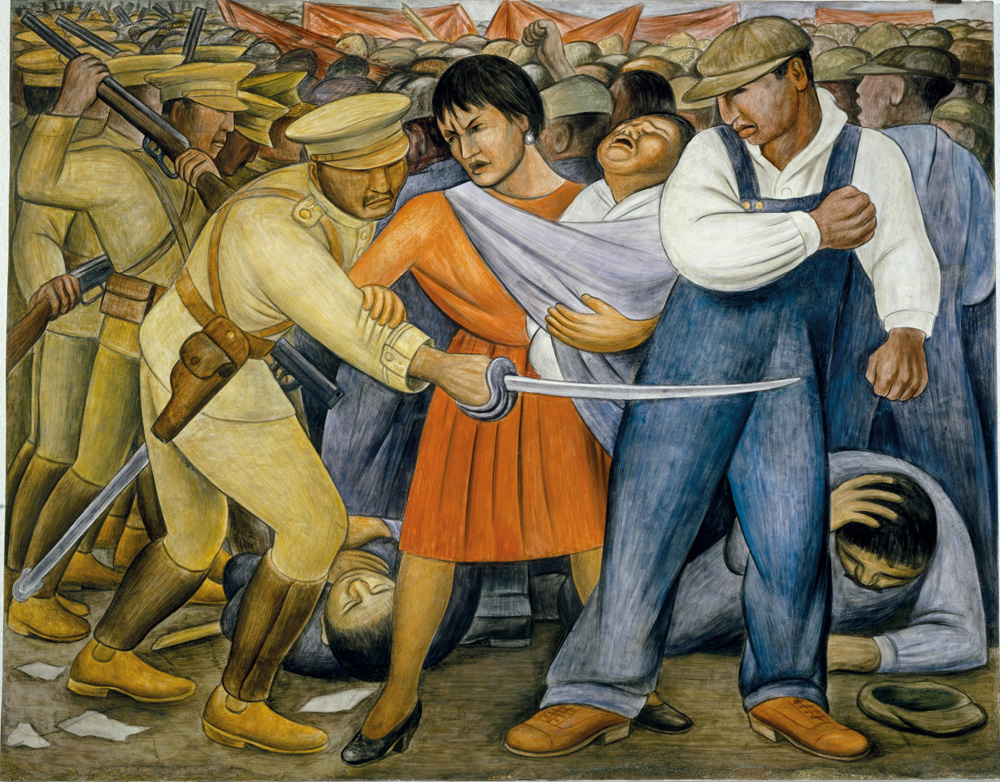
The Power of Public Art in Social Movements
Public art has established itself as a crucial venue for the investigation of identity politics, providing a readily available medium for societal critique. The Berlin wall, far a symbol of division, became a canvas on which artists expressed optimism, togetherness, and resistance against oppression. Its remnants remain an affirmation to art’s ability to embody political and social change.
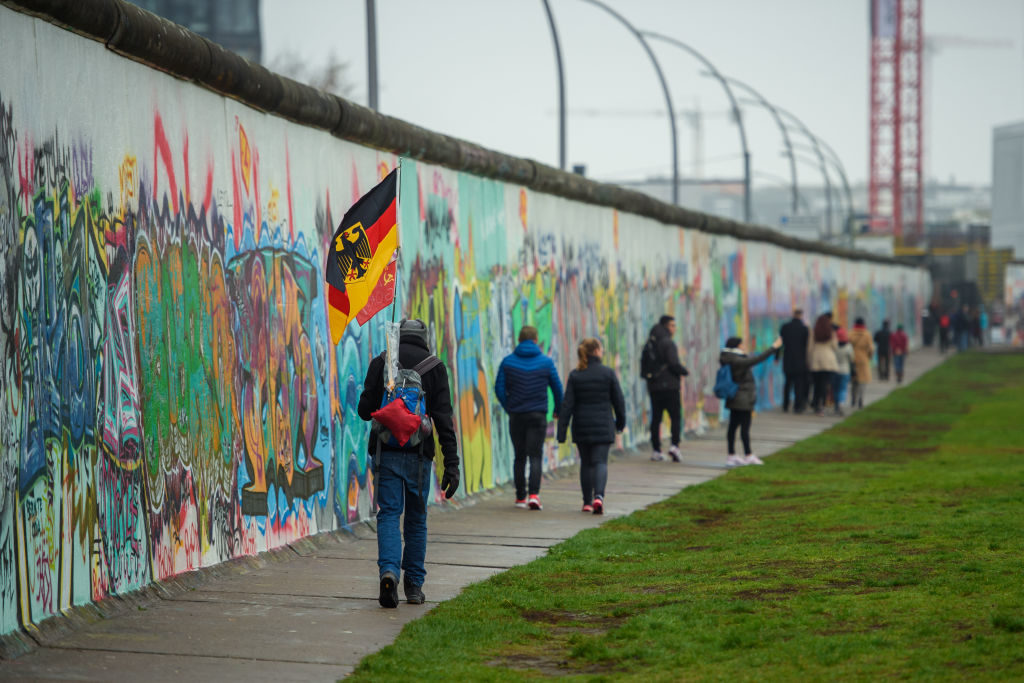
Contemporary Conversations and Digital Frontiers
In modern times, technological advances and digital media have provided new opportunities for artists to investigate identity politics. Ai Weiwei’s use of social networking sites and online mediums to critique government policies and fight for human rights is an excellent illustration of how art and technology can combine to promote messages of dissent and unity.
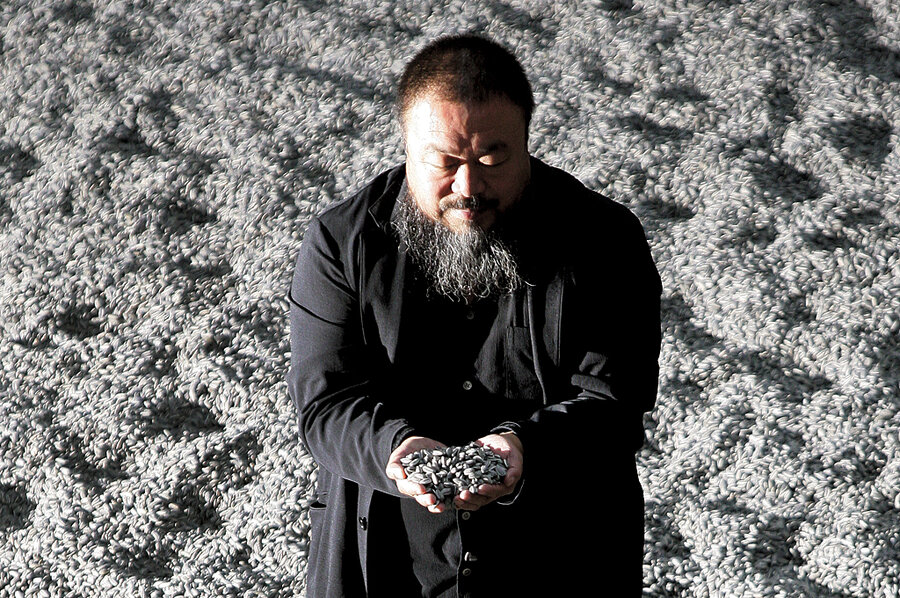
The association between art and identity politics demonstrates the ongoing potential of the creative process as an engine for societal transformation. Artists expand our knowledge of the world by interacting with the complex framework of cultural, racial, and gender identities, while also challenging us to imagine a more equitable and democratic society. Their work conveys a clear message: art is more than a reflection of society; it is a force that shapes it.

